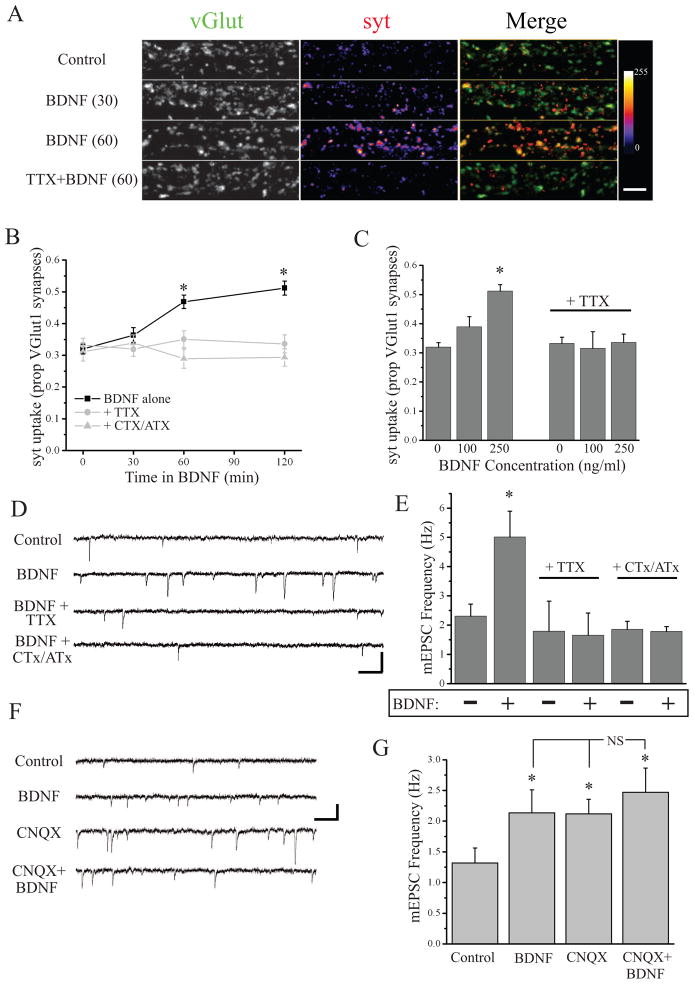Figure 4. BDNF enhances presynaptic function in a state-dependent manner.
(A) Representative examples and (B) mean (± SEM) spontaneous syt-lum uptake from neurons (25–43 DIV) following incubation with BDNF (250 ng/ml) for the indicated times. Color-look up table indicates syt fluorescence intensity; scale bar = 10 μm. BDNF increased spontaneous syt-lum uptake at synapses (*p < 0.05, relative to 0 min); coincident treatment with TTX or CTx/ATx completely prevents this effect. (C) Mean (+ SEM) state-depdendent syt-lum uptake as a function of BDNF (2 hr) concentration (* p < 0.05 relative control). (D) Representative recordings (scale bar = 20 pA, 200 ms) and (E) mean (+ SEM) mEPSC frequency in neurons (21–51 DIV) treated with BDNF (250 ng/ml, 2 hrs) either alone or coincident with TTX or CTx/ATx. BDNF significantly (* p < 0.05 relative control) increases mEPSC frequency which is prevented by AP or P/Q/N-Ca2+ channel blockade. (F) Representative recordings (scale bar = 15 pA, 200 ms) and (G) mean (+ SEM) mEPSC frequency in neurons (21–42 DIV) treated as follows: control (n = 12), BDNF (250 ng/ml, 2 hrs; n = 12), CNQX (40 μM, 3 hrs; n = 12), BDNF+CNQX (n = 8) prior to TTX application and mEPSC recording. Both BDNF and CNQX produce a significant (* p < 0.05 relative control) increase in mEPSC frequency, but the combination of the two does not produce a significant additive effect.

